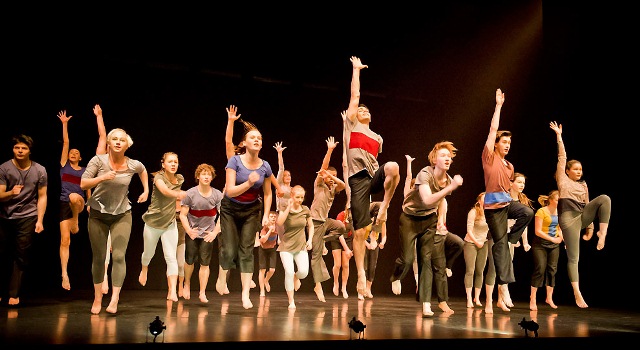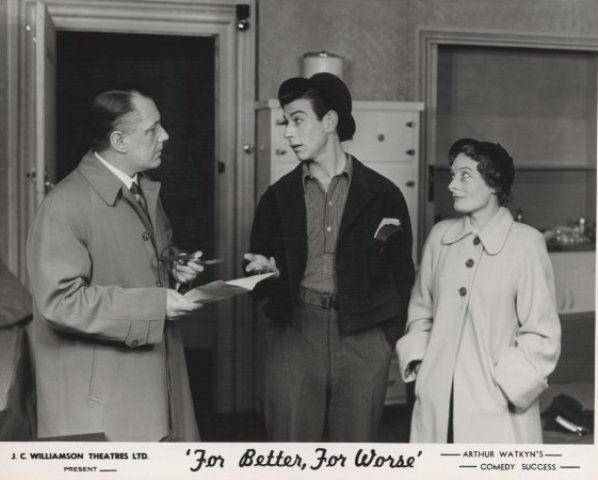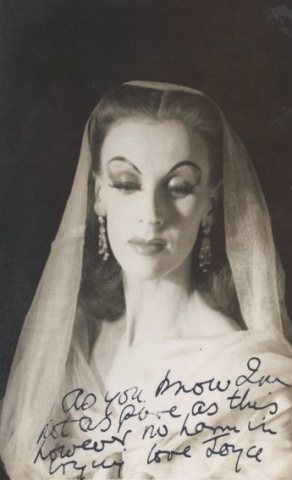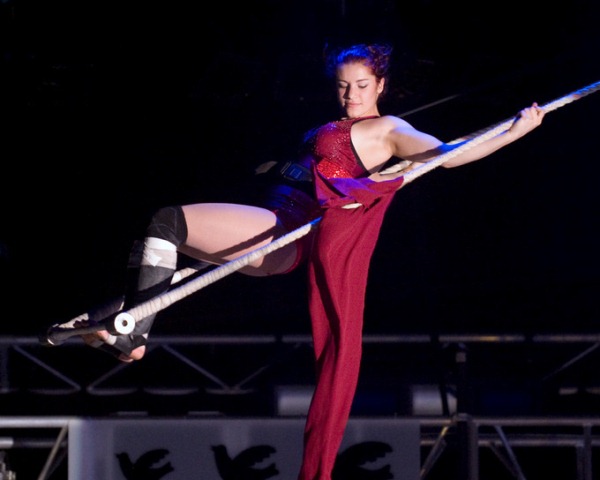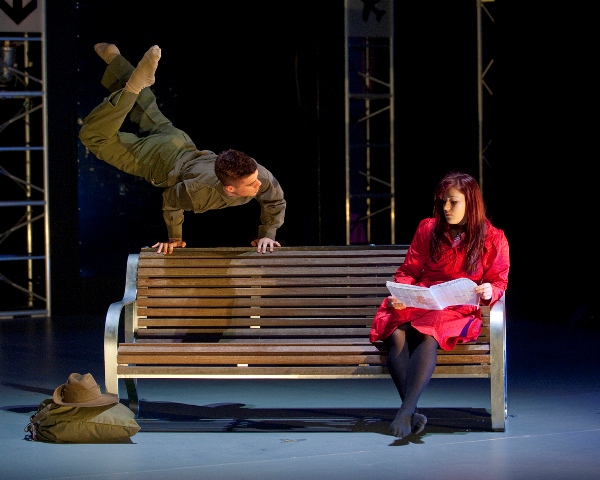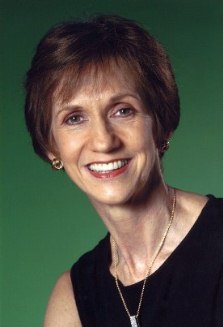20 May 2012, Opera Bastille, Paris
Sasha Waltz’s production of Roméo et Juliette, originally made for the Paris Opera Ballet in 2007, is about as far from other danced interpretations of those ‘star-cross’d lovers’ that I can imagine. In program notes for the 2012 staging Waltz herself said that the only production with which she was familiar was that of Maurice Béjart but that she never thinks about other productions when making a work. She simply draws on herself for inspiration. Whether this is possible or not is a matter of contention but, from the point of view of an audience member, it is close to impossible not to situate a work with the title Romeo and Juliet within the context of one’s previous experiences in the theatre.
In her production, Waltz reduced the named characters to three: Romeo, Juliet and Friar Laurence. She then focused on the links between love and death and the redemptive power of the death of Romeo and Juliet for their feuding families. She maintains that her work is not a narrative work but an emotional one. Yet the chorus sings a narrative. Not only that, it is more than tempting to interpret the roles taken by some of the dancers—those without specified roles—as other characters in the story (and the ballets) we all know. And there is very clearly a ballroom scene (more a party in this case) that is quite literal with dancers (women in tutus, men in shiny suits) miming eating, drinking and other party-going activities. So, for me, the question of is there or isn’t there a narrative was never really resolved.
That said, Waltz’s Roméo et Juliette was a breathtaking, highly theatrical production in many ways. Set to the Symphonie dramatique of Hector Berlioz, it employed three soloists and the chorus of the opera company―mezzo-soprano Stéphanie d’Oustrac was outstanding―as well as twenty-two dancers from the ballet company, including on the night I went two étoiles, Aurélie Dupont as Juliet and Hervé Moreau as Romeo. It was the Paris Opera machine at its best, utilising its stars from both the opera and ballet companies to produce a collaborative work of magnificent proportions.
The work was quite spare visually, and effectively so, with the set attributed to Pia Maier Schriever, Thomas Schenk and Sasha Waltz. It appeared to be two large white quadrilateral-shaped platforms, one placed on top of the other but with the top one overlapping the bottom one in some sections. But as the work progressed the top platform was pulled upwards and it was eventually apparent that the two platforms were hinged and they opened into a single, huge quadrilateral platform. The dance action largely took place on these platforms in their various stages of unfolding. Occasionally the singers appeared there too, but mostly they performed at the side of the set. Costumes, by Bernd Skodzig, for singers and dancers were for the most part black or white and emphasised Waltz’s focus on a duality between life and death.
But in many other ways the work was a huge disappointment. While there were some beautifully fluid groupings of dancers, and times when the wide sweep of the body through space was exciting to watch, I found Waltz’s choreography repetitive and often unbecoming with its frequent karate-style movements and its angularity. The pas de deux between Dupont and Moreau was perhaps a highlight. But to tell the truth, while it was flawlessly executed by two exceptional dancers, the choreography seemed cold to me and only rarely allowed Dupont and Moreau to show their humanity and their vulnerability.
Scenically and musically this Roméo et Juliette was spectacular. As ever the dancers of the Paris Opera Ballet were also a joy to watch. But so much of the way the show was conceived and choreographed did not support the exceptional qualities of the dancers and singers and production personnel. In the end it seemed like an evening of missed opportunities and mixed messages.
Michelle Potter, 22 May 2012
